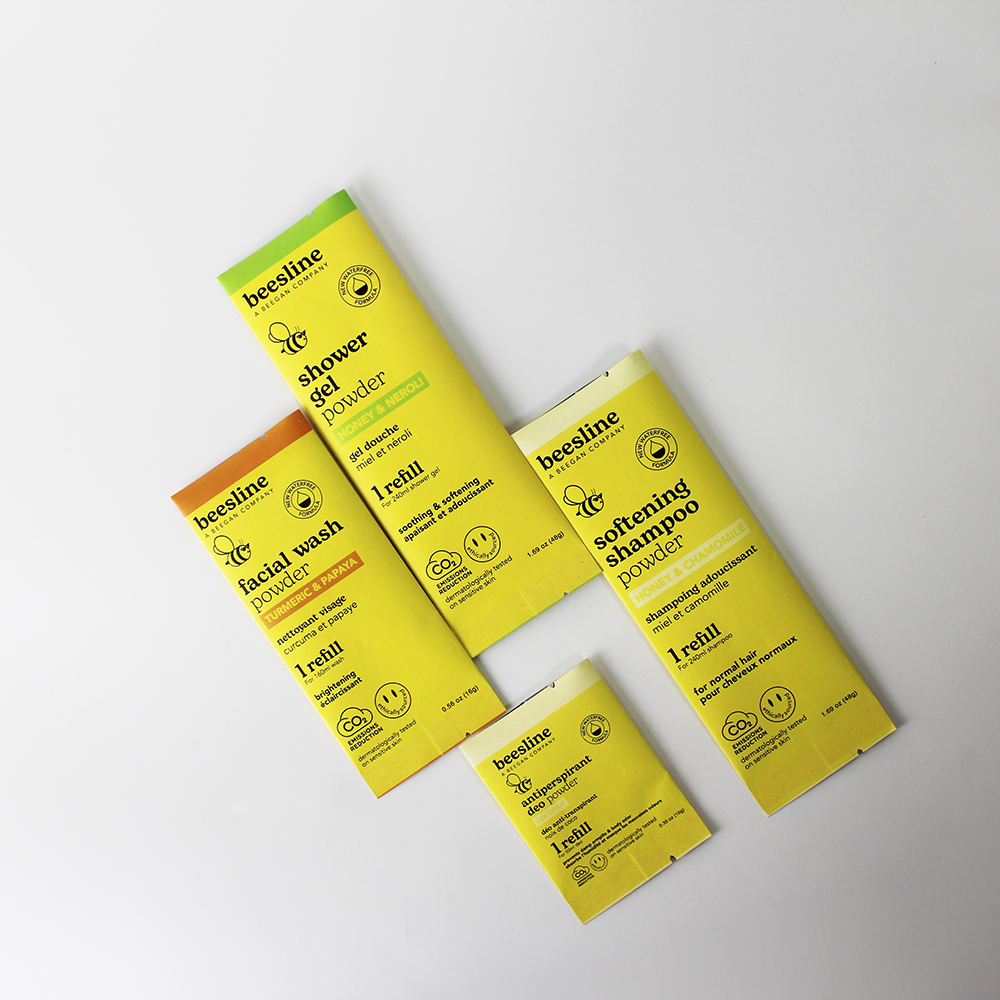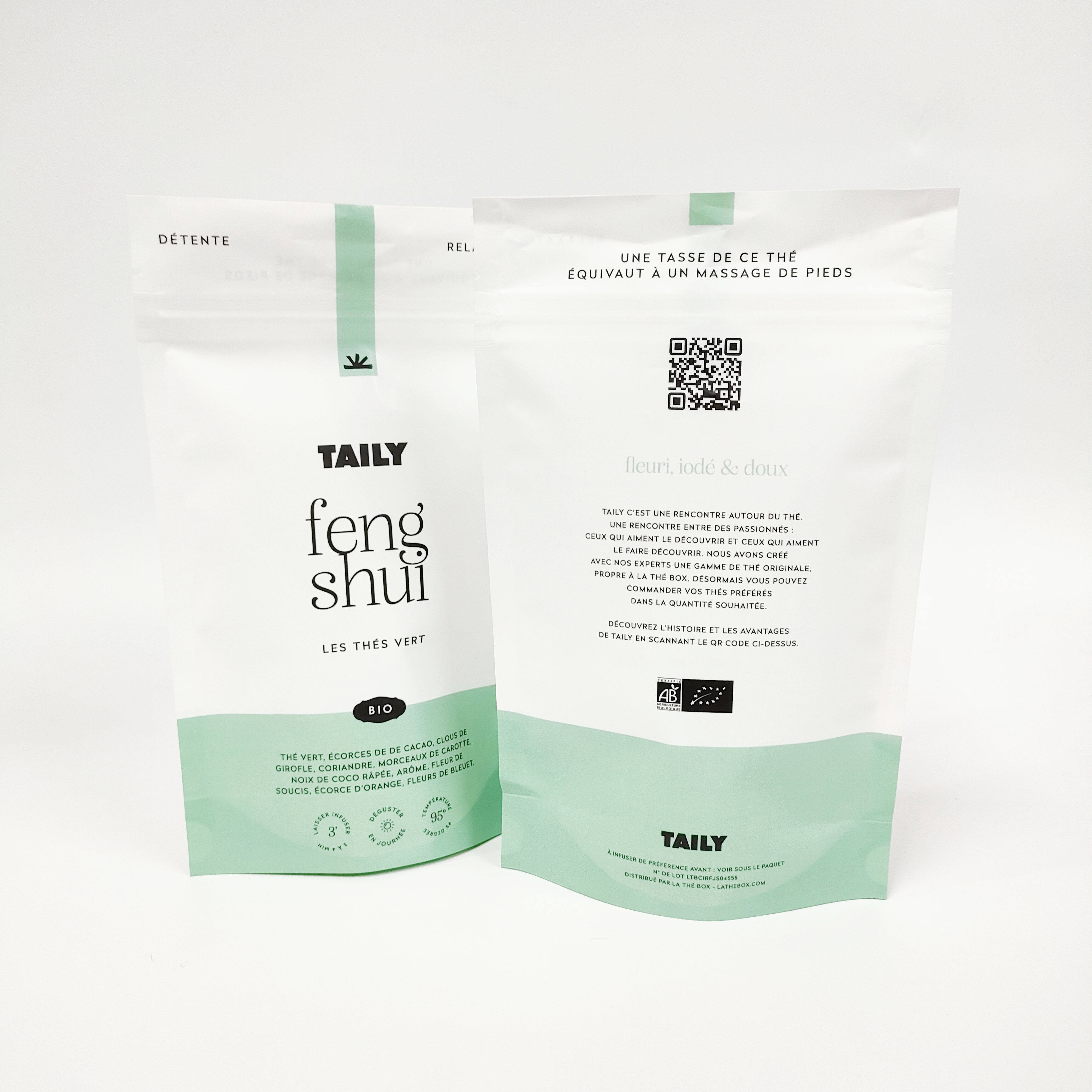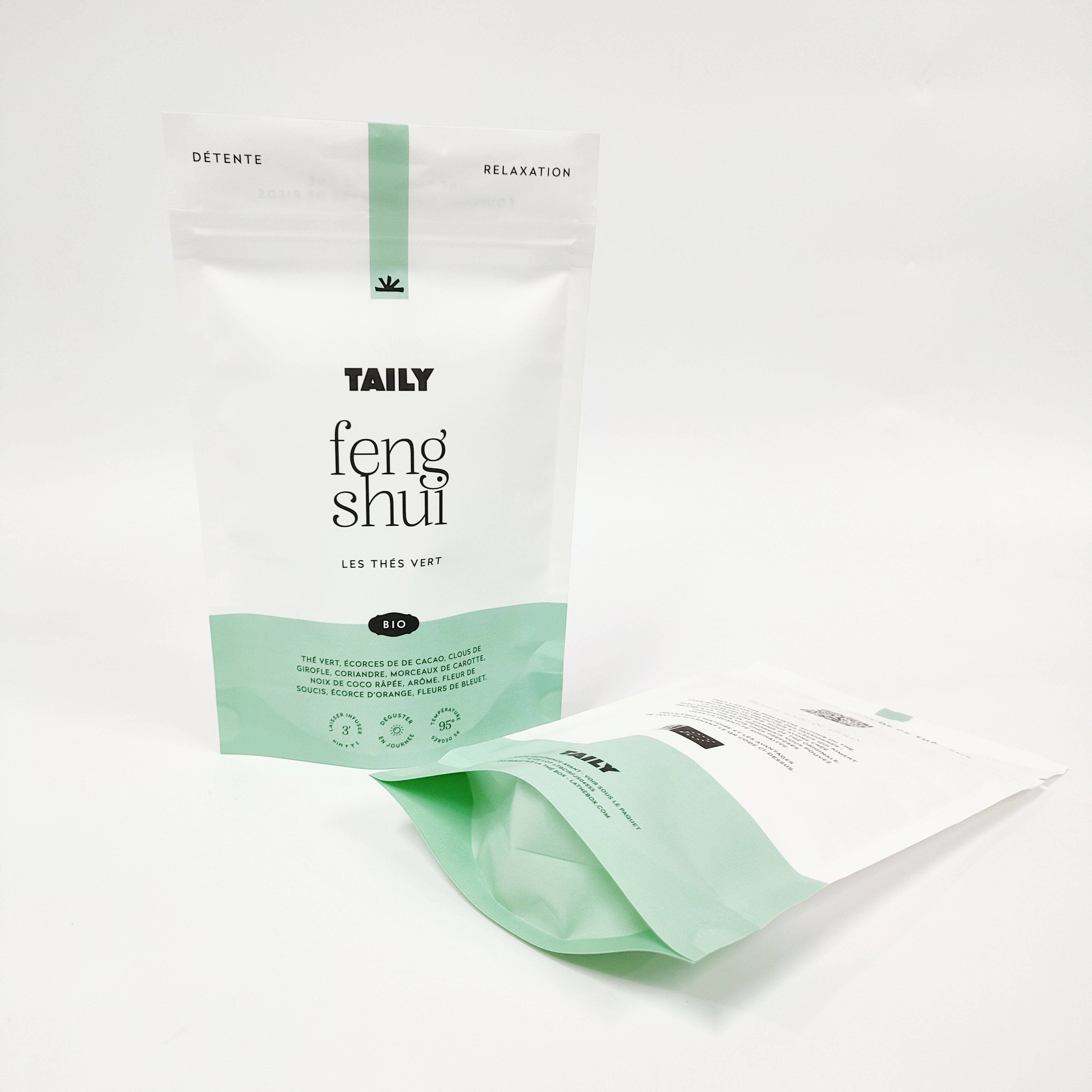With increasing awareness of environmental protection, there has been a growing demand for biodegradable packaging materials. Biodegradable composite bags have been widely used in the packaging industry in recent years due to their excellent characteristics such as low cost, high strength, and biodegradability.
The material structure of biodegradable composite bags usually consists of a mixture of various biodegradable polymers, such as polyethylene (PE), polypropylene (PP), polylactic acid (PLA), and starch, together with some additives. These materials are commonly combined by compounding, blown film, or casting methods to form a composite of two or more layers with different properties.
The inner layer of the biodegradable composite bag is usually made of a biodegradable polymer, such as PLA or starch, which provides the bag with biodegradability. The middle layer is formed by blending a biodegradable polymer and a conventional polymer, such as PE or PP, to enhance the strength and durability of the bag. The outer layer is also made of a conventional polymer, providing good barrier properties and improving the printing quality of the bag.
In recent years, research has focused on the development of high-performance biodegradable composite bags with excellent mechanical and barrier properties. The use of nanotechnology, such as the incorporation of nano-clay or nano-fillers, has been shown to improve the strength, toughness, and barrier properties of biodegradable composite bags.
Furthermore, the trend in the packaging industry is towards using sustainable and renewable raw materials, such as biomass-based bioplastics, in the production of biodegradable composite bags. This has led to the development of new biodegradable materials, such as polyhydroxyalkanoates (PHA), which are obtained from bacterial fermentation of renewable raw materials and have excellent biodegradability and mechanical properties.
Degradable composite packaging bags are becoming more and more popular as people's awareness of environmental protection has been continuously enhanced. Composite packaging bags are a kind of packaging material that is made of two or more materials through a composite process. They have better performance than single-material packaging and can effectively solve the problems of preservation, transportation, and marketing of food and other items.
However, traditional composite packaging bags have been criticized for their negative impact on the environment. In recent years, with the increasing demand for sustainable development, more and more attention has been paid to the issue of "white pollution" caused by plastic waste. In order to meet the requirements of environmental protection and promote sustainable development, research into degradable composite packaging bags has become a hot topic.
Degradable composite packaging bags are one of the most promising options, as they can reduce the harm of plastic waste to the environment.
The degradable composite packaging bag is made mainly of starch and other natural materials, which makes it biodegradable in a short time period. It can be safely and easily decomposed into carbon dioxide and water, without causing harm to the environment.
The degradable composite packaging bag has excellent properties for packaging, including good moisture resistance, high strength, and good toughness. It can effectively protect products from moisture, air, and light, and achieve the same effect as traditional plastic packaging bags.
In addition, the degradable composite packaging bag can be customized according to different customer requirements. It can be produced in various sizes, styles, and colors, and can be printed with advertising or promotional information.
The use of degradable composite packaging bags can help reduce plastic waste pollution and promote sustainable development. It can meet the needs of consumers for packaging while also protecting and improving the environment.
The characteristics of biodegradable composite bags mainly include the following aspects:
1. biodegradable: biodegradable composite bags are mainly made of natural materials, such as starch, cellulose, etc., so that they can be biodegraded in the natural environment and will not cause pollution to the environment.
2. Good moisture resistance: biodegradable composite bags can be covered with moisture-proof materials on the inner layer, which can effectively prevent moisture in items containing moisture.
3. high strength, good toughness: biodegradable composite bags have high tensile strength and toughness, making them more able to withstand heavy loads.
4. Customizable and rich diversity: biodegradable composite bags can be made in different sizes, colors, styles and printing according to customers' needs to meet different market demands.
5.Can replace traditional plastic bags: compared with traditional plastic bags, biodegradable composite bags have better environmental protection, degradability and recyclability, a more sustainable packaging material.
In summary, the development of degradable composite packaging bags is an important measure to promote the sustainable development of the packaging industry. The use of degradable materials in composite packaging bags can effectively reduce the harm caused by plastic waste to the environment, and it provides an environment-friendly solution to the problem of "white pollution". Although these bags cost more, the benefits they bring to the environment are far-reaching. As consumers continue to enhance their awareness of environmental protection, the market prospects for degradable composite packaging bags will become even more promising.
Post time: Mar-30-2023











